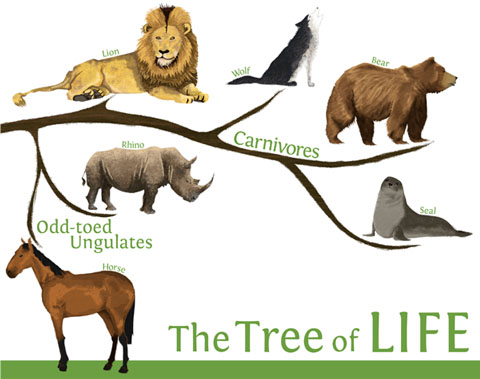 A blog I love to read is called Dove Grey Reader Scribbles, written by a community nurse living in the Tamar valley. It’s mostly about books but she also sometimes writes about the countryside around her. A while ago she started a project she called Beating the Bounds, which involved really getting to know everything she could about the land in a mile radius around her cottage, and she inspired me to have a bit of a think about our own “bounds.”
A blog I love to read is called Dove Grey Reader Scribbles, written by a community nurse living in the Tamar valley. It’s mostly about books but she also sometimes writes about the countryside around her. A while ago she started a project she called Beating the Bounds, which involved really getting to know everything she could about the land in a mile radius around her cottage, and she inspired me to have a bit of a think about our own “bounds.”
I checked in with Steve Roud’s The English Year to find out more about beating the bounds (attentive readers might remember me blogging about this book month-by-month over 2015). Roud says that the practice was introduced to the English Church from France in 747, which was around the same time that the country was divided into parishes. It was done to bless the fields and also to make sure that the boundaries were being maintained so that the church could collect tithes on the land. Roud says that Rogationtide is the traditional time to beat the bounds of the parish, and occurs on the Monday, Tuesday, and Wednesday preceding Ascension Day, which happened to be last week (Ascension was on the 25th). Funny how these things work out sometimes.
Anyway, one of the things that Dove Grey Reader (that’s her blog acronym) did was to look at the tithe maps of the land around her. These maps are incredibly detailed accounts of local parishes showing who owned what land. Amazingly, in Devon, these maps have been digitised, meaning I could have a good root through ours from the comfort of the kitchen table. Brunel’s railway line to Plymouth was built through this area in the 1840s so we had always known that the houses around us were built for railway and foundry workers in the late 1800s. One row of houses where my friend lives, has little handbag symbols above the door arch because these houses were built for workers at a local leather-working factory. On the tithe map of 1841, where our house is, there is a large area called Church Fields. We are just behind the old parish church so this land must have at one time belonged to the church or been named so because of its proximity to the church. Then, all around Church Fields are all sorts of gardens and orchards. It must have been a hive of horticultural activity, and I have subsequently found out lots of interesting things.
This post is getting lengthy and I’m sure you’ve drunk your coffee by now so I’ll come back to this topic another time, but for now I’ll definitely give a bit more thought has to how I might “beat the bounds” in the spirit of Dove Grey Reader. Do you beat the bounds where you are? How do you do it and what have you discovered about your local area?
On a slight tangent, this is an illustration I did a while ago for Centre of the Cell about evolution and the Tree of Life.






